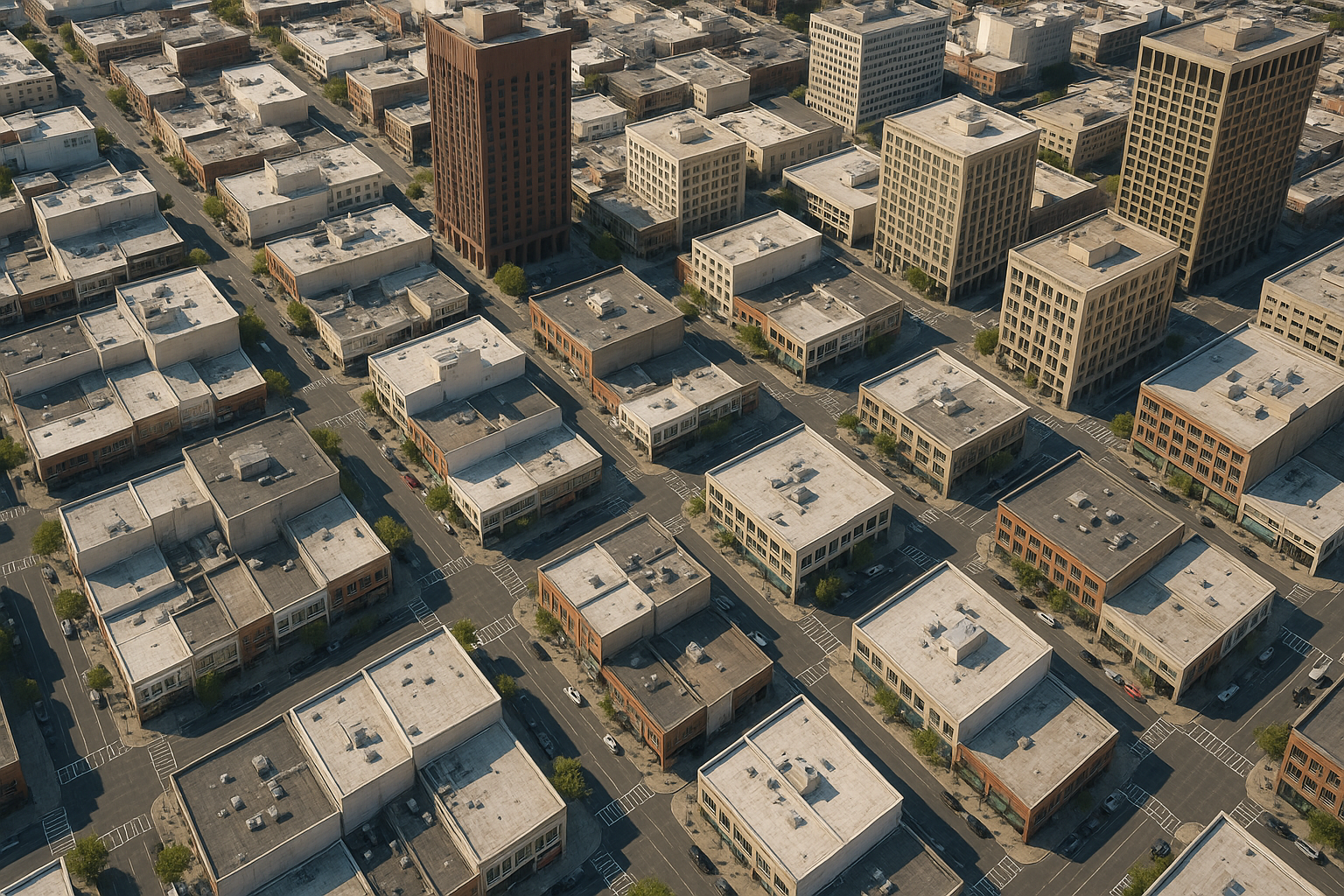Real Estate Secrets Why Commercial Property Costs More
Unlock the hidden potential of commercial real estate investments and discover why these properties command higher prices, as you browse options and explore valuable insights that can transform your financial future.

Understanding the Premium on Commercial Real Estate
Commercial properties often come with a heftier price tag compared to residential real estate, and for good reason. The value of commercial real estate is not just tied to the physical space, but also to its potential to generate income. This income potential is a significant factor that drives up the cost. Unlike residential properties, which are primarily valued based on comparable sales in the area, commercial properties are often valued based on their income-producing capabilities, measured through metrics like the capitalization rate (cap rate)1.
Location and Accessibility
Location is a critical driver of commercial property costs. Properties in prime locations, such as central business districts or high-traffic areas, are highly sought after due to their visibility and accessibility, which can attract more tenants and customers. This desirability often leads to higher demand and, consequently, higher prices. Additionally, commercial properties that offer easy access to transportation hubs or are located in areas with strong economic growth tend to command premium prices2.
Economic Factors and Market Trends
Economic conditions and market trends significantly impact commercial real estate prices. In times of economic growth, businesses expand, leading to increased demand for commercial spaces, which drives up prices. Conversely, during economic downturns, demand may decrease, but prime properties often retain their value due to their strategic importance. Additionally, emerging trends such as the rise of e-commerce have shifted demand towards logistics and warehouse spaces, impacting their valuation3.
Investment Opportunities and Returns
Investing in commercial real estate offers attractive opportunities for generating significant returns. The ability to lease out spaces to multiple tenants, such as in office buildings or shopping centers, provides diversified income streams. Moreover, commercial leases tend to be longer-term, offering more stability compared to residential leases. These factors contribute to the higher valuation of commercial properties, as investors are willing to pay a premium for the potential of consistent and substantial returns4.
Regulatory and Development Considerations
The costs associated with commercial real estate are also influenced by regulatory factors and development potential. Zoning laws, building codes, and environmental regulations can affect the feasibility and cost of developing commercial properties. Properties with zoning that allows for a variety of uses or those situated in areas earmarked for future development or revitalization projects often see increased demand and pricing5.
As you explore these factors, you'll find that the higher costs of commercial properties are justified by their income potential, strategic locations, and investment opportunities. By delving into these options, you can uncover the lucrative prospects that commercial real estate investments offer, paving the way for a more prosperous financial future.